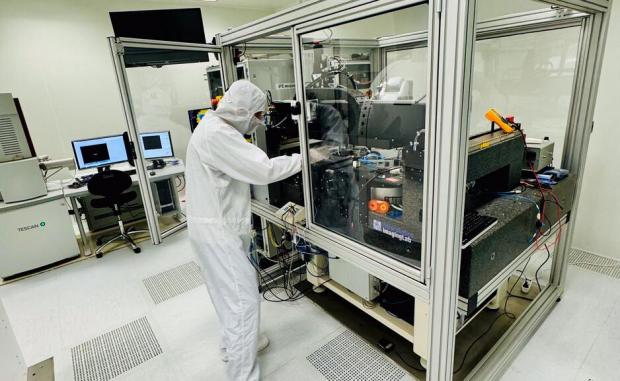
Breaking News
 US Considering a Plan To Split Gaza into Two With One Zone Controlled by Israel and the Other...
US Considering a Plan To Split Gaza into Two With One Zone Controlled by Israel and the Other...
 WHO Drafts Plan For 'Global Health Emergency Corps' To Override Governments On Pandemics...
WHO Drafts Plan For 'Global Health Emergency Corps' To Override Governments On Pandemics...
 3.4 Million Foreign-Born People Claiming Welfare Benefits in Britain
3.4 Million Foreign-Born People Claiming Welfare Benefits in Britain
 Masked Muslim youths take to east London streets to 'defend our community' after police bann
Masked Muslim youths take to east London streets to 'defend our community' after police bann
Top Tech News
 Why 'Mirror Life' Is Causing Some Genetic Scientists To Freak Out
Why 'Mirror Life' Is Causing Some Genetic Scientists To Freak Out
 Retina e-paper promises screens 'visually indistinguishable from reality'
Retina e-paper promises screens 'visually indistinguishable from reality'
 Scientists baffled as interstellar visitor appears to reverse thrust before vanishing behind the sun
Scientists baffled as interstellar visitor appears to reverse thrust before vanishing behind the sun
 Future of Satellite of Direct to Cellphone
Future of Satellite of Direct to Cellphone
 Amazon goes nuclear with new modular reactor plant
Amazon goes nuclear with new modular reactor plant
 China Is Making 800-Mile EV Batteries. Here's Why America Can't Have Them
China Is Making 800-Mile EV Batteries. Here's Why America Can't Have Them
 China Innovates: Transforming Sand into Paper
China Innovates: Transforming Sand into Paper
 Millions Of America's Teens Are Being Seduced By AI Chatbots
Millions Of America's Teens Are Being Seduced By AI Chatbots
 Transhumanist Scientists Create Embryos From Skin Cells And Sperm
Transhumanist Scientists Create Embryos From Skin Cells And Sperm
Graphene Dream Becomes a Reality as Miracle Material Enters Production for Better Chips, Batteries

Now, after years of R&D, some of the material's original promised potential now seems tantalizingly close at hand.
To offer an idea of the graphene-dream, graphene microprocessors deliver more data at the same speeds than silicon, and at far lower costs. They can run smoothly across a wide degree of operating temperatures, and consume around 80% less energy while doing all this.
Sounds like miracle stuff, and Ben Jensen, the chief executive of 2D Photonics, a startup spun out from the University of Cambridge that's currently working to commercialize these chips, explained to the Guardian what went wrong with the black stuff's promise.

 You've Never Seen Tech Like This
You've Never Seen Tech Like This 

